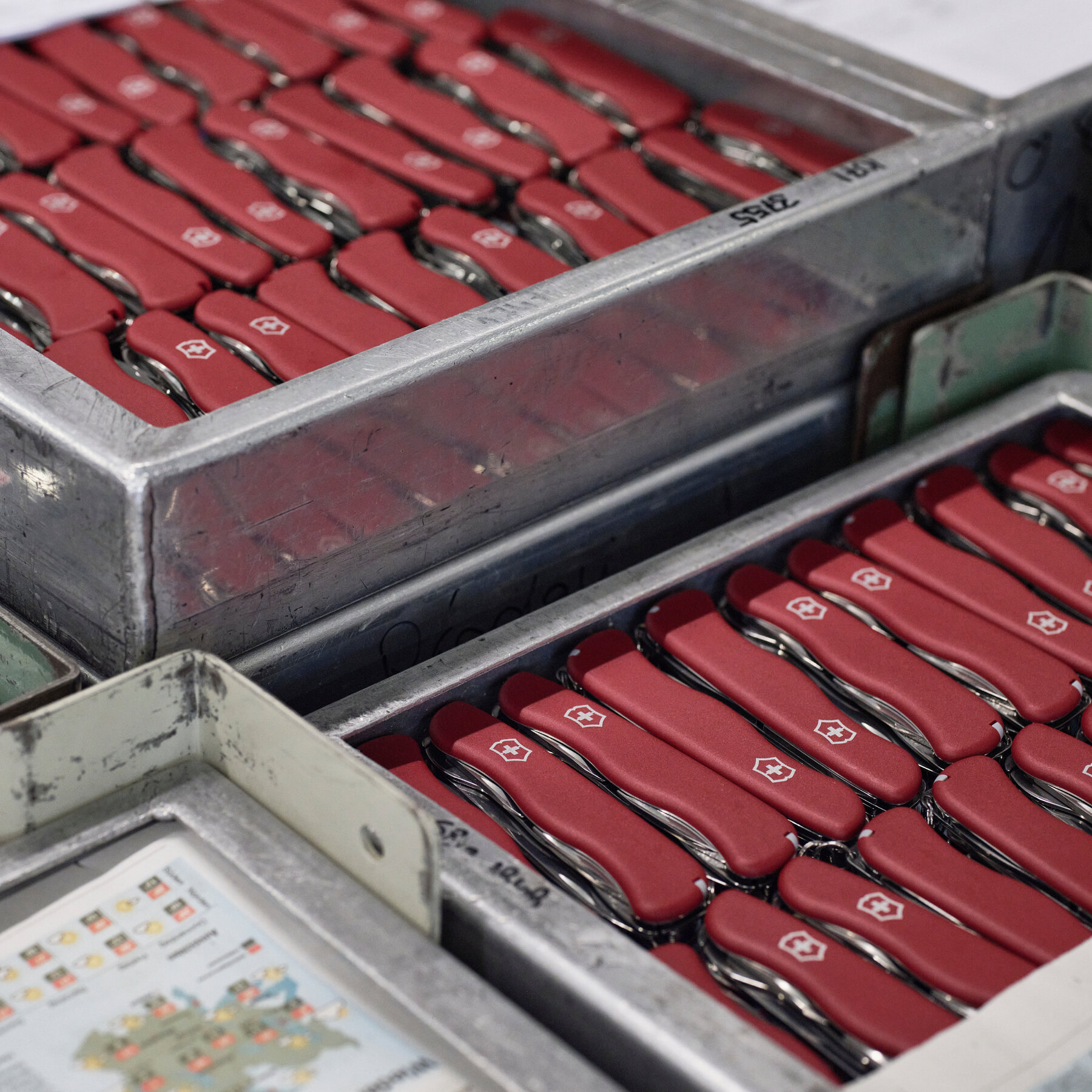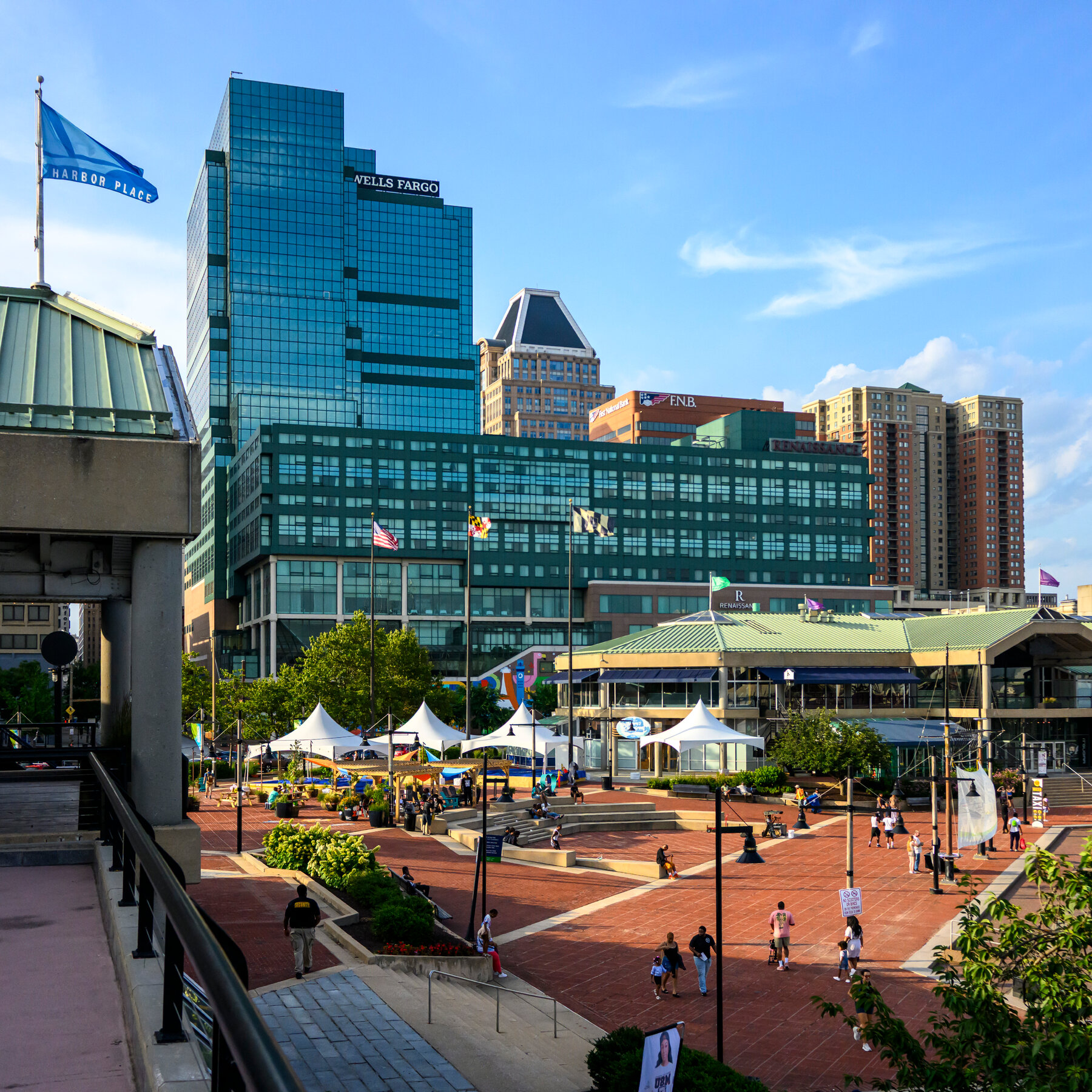Why Factories Keep Searching for Alternatives to China
Even a US‑China trade truce can’t halt the shift
After months of uncertainty over tariffs, export controls and geopolitical tension, a tentative trade truce between the United States and China has calmed nerves in the short term. But the relief is only temporary. Many manufacturers have already set in motion plans to relocate production to other Asian markets, and those plans are unlikely to be abandoned.
Rising costs in the “world’s factory”
China’s labor costs have risen sharply over the past decade, eroding the cost advantage that once made it the go‑to destination for mass production. According to recent surveys, wages in coastal provinces now rival those in Vietnam and Thailand, prompting firms to reassess the economics of “Made in China.”
Diversification of supply chains
The pandemic exposed the fragility of heavily concentrated supply chains. When factories in one region shut down, global manufacturers faced shortages that rippled across industries. Diversifying production sites is now seen as a risk‑management strategy rather than a luxury.
Vietnam’s growing appeal
Vietnam has emerged as the most popular alternative. The country offers:
- Competitive labor rates – average wages are 30‑40% lower than in China.
- Strategic location – proximity to major shipping lanes and existing trade agreements with the EU, Japan and the United States.
- Government incentives – tax breaks and streamlined customs procedures for foreign investors.
These factors have attracted a wave of electronics, apparel and footwear manufacturers seeking a “China‑plus‑one” strategy.
Geopolitical considerations
Beyond economics, the political landscape plays a crucial role. Companies are wary of being caught in a future escalation that could involve sanctions, export restrictions or forced technology transfers. By establishing a foothold outside China, firms can maintain operational continuity regardless of diplomatic shifts.
What the future holds
Analysts predict that the relocation trend will continue, albeit at a measured pace. While China will remain a major manufacturing hub for high‑value and complex products, the “factory floor” for cost‑sensitive items is gradually spreading across Southeast Asia, South Asia and even parts of Africa.
In short, the recent US‑China trade truce may soothe immediate concerns, but the broader momentum toward diversification and cost efficiency ensures that factories will keep looking beyond China for their next production base.






